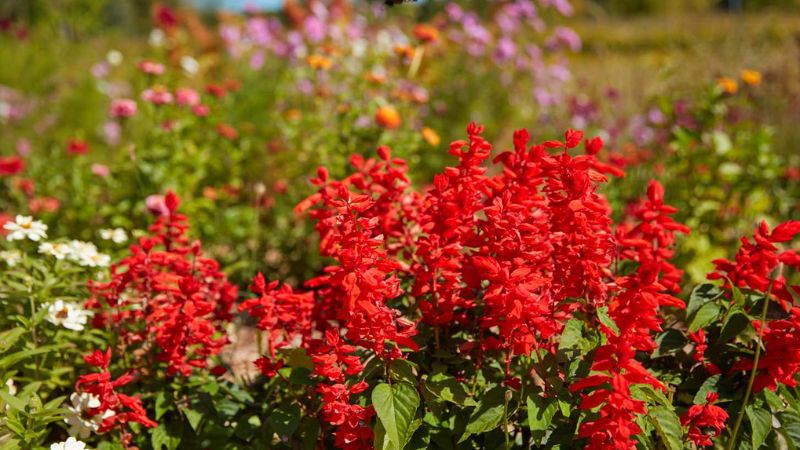Perennial flowers are the gift that keeps on giving. Unlike annuals that need replanting each year, perennials come back season after season, providing your garden with consistent beauty and structure. Planting perennials in May takes advantage of the warming soil and longer days, allowing the plants to establish themselves before the heat of summer. Here are ten stunning perennial flowers to plant this May for years of breathtaking blooms.
Black Eyed Susan (Rudbeckia Hirta)
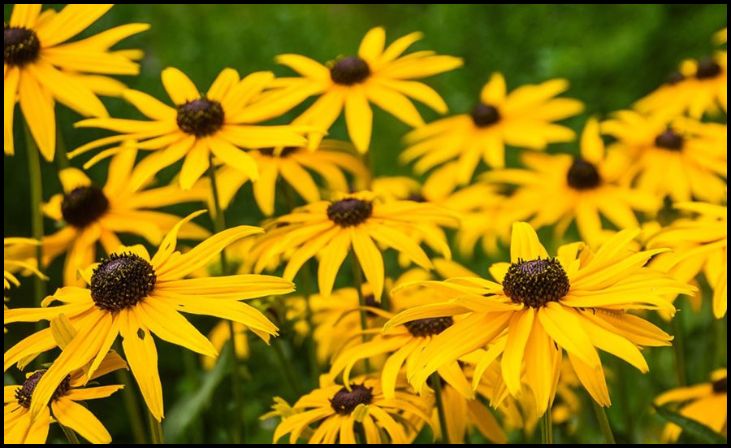
Black Eyed Susan is a hardy herbaceous perennial native to North America. This vibrant flower features bright yellow petals with dark brown centers, creating a striking contrast that brightens up any garden. Black Eyed Susans thrive in full sun and well-drained soil. They are drought-tolerant once established and attract a variety of pollinators, including bees and butterflies.
Care Tips:
- Water regularly until established.
- Deadhead spent blooms to encourage more flowers.
- Divide clumps every 3-4 years to maintain vigor.
Bleeding Heart (Lamprocapnos spectabilis)

Bleeding Heart, originally from Asia, is renowned for its heart-shaped flowers that dangle gracefully from arching stems. These blooms come in shades of pink or white and appear in late spring. Bleeding Hearts prefer partial to full shade and well-drained, moist soil. Their delicate appearance makes them perfect for woodland gardens.
Care Tips:
- Keep the soil consistently moist but not waterlogged.
- Mulch to retain soil moisture and keep roots cool.
- Cut back foliage after blooming ceases in the summer.
Bloodroot (Sanguinaria canadensis)
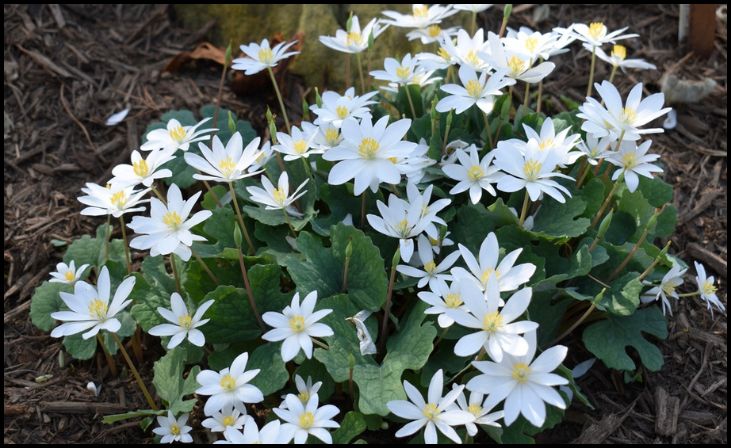
Bloodroot is a North American perennial known for its pristine white flowers that bloom in early spring. It’s ideal for mass planting in shaded areas. Despite its beauty, it’s important to note that Bloodroot is highly toxic if ingested. This plant prefers moist, well-drained soil and partial to full shade.
Care Tips:
- Water regularly to keep the soil moist.
- Wear gloves when handling to avoid skin irritation.
- Allow foliage to die back naturally after blooming.
Candytuft (Iberis)
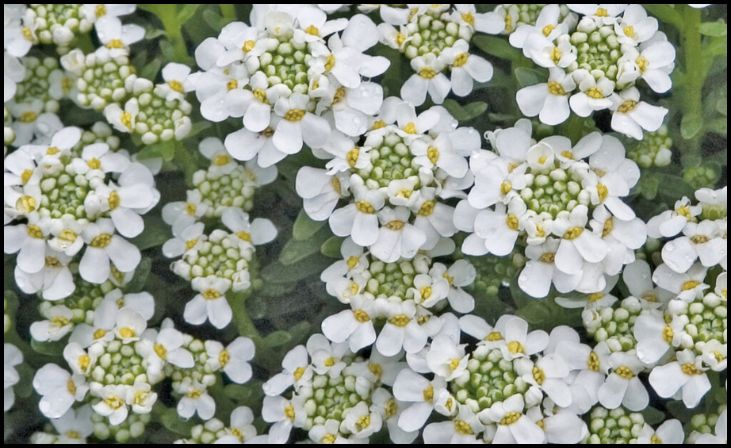
Candytuft is a Mediterranean perennial that produces clusters of white, pink, or purple flowers in spring. It’s well-suited for sunny, rocky soils, making it an excellent choice for rock gardens or edging. Candytuft is a low-maintenance plant that adds a splash of color early in the season.
Care Tips:
- Ensure full sun exposure for best blooms.
- Provide well-drained soil to prevent root rot.
- Shear back after flowering to maintain shape.
Columbine (Aquilegia)
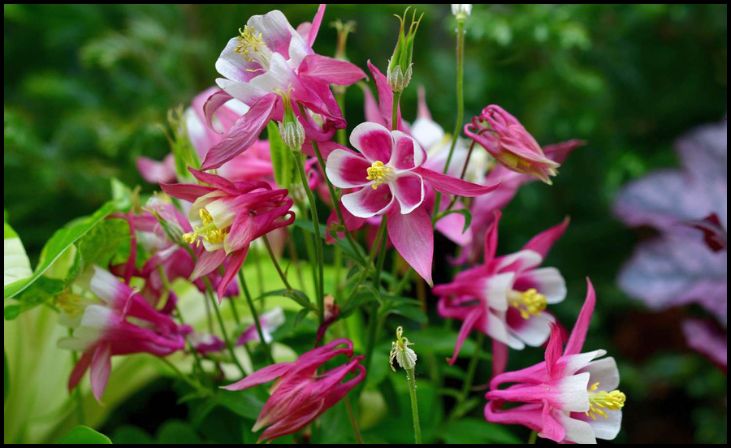
Columbine is a North American perennial admired for its uniquely shaped flowers that come in various colors, including blue, purple, and red. These flowers bloom in spring and attract hummingbirds. Columbine thrives in partial shade to full sun and prefers well-drained soil.
Care Tips:
- Water moderately, allowing the soil to dry out between waterings.
- Deadhead spent flowers to encourage continuous blooming.
- Divide plants every 3-4 years to prevent overcrowding.
Creeping Phlox (Phlox stolonifera)
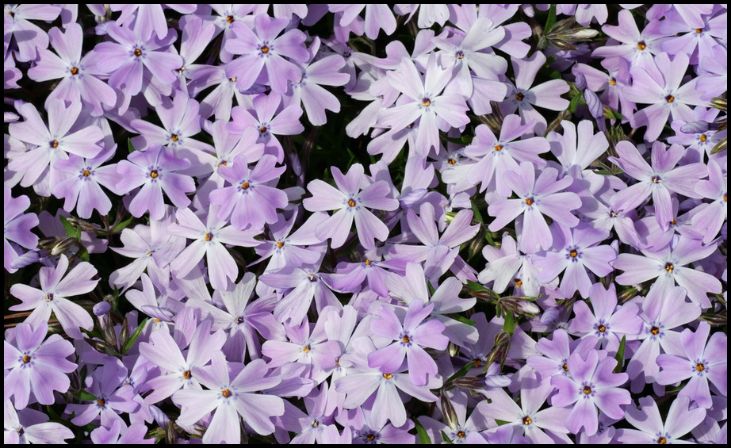
Creeping Phlox, native to the Eastern U.S., is a mat-forming perennial that produces star-shaped flowers in shades of pink, white, or lilac. It’s perfect for borders and rocky gardens and thrives in full to partial sun. Creeping Phlox is an excellent ground cover, adding a carpet of color in spring.
Care Tips:
- Plant in well-drained soil.
- Water regularly to keep the soil evenly moist.
- Trim back after blooming to maintain neatness.
Cushion Spurge (Euphorbia epithymoides)

Cushion Spurge is a perennial from Southeast Europe, known for its bright yellow and light green blooms that form a mounded shape. This plant tolerates various soil types and requires minimal maintenance, making it a great addition to any garden. Cushion Spurge blooms in spring and prefers full sun.
Care Tips:
- Plant in well-drained soil.
- Water sparingly; Cushion Spurge is drought-tolerant.
- Wear gloves when handling, as the sap can cause skin irritation.
Echinacea (Echinacea)

Echinacea, or coneflower, is a North American perennial from the Asteraceae family. It’s known for its colorful daisy-like flowers that thrive in part to full sun. Echinacea is not only beautiful but also attracts pollinators and is often used for its medicinal properties.
Care Tips:
- Plant in well-drained soil.
- Water moderately, allowing the soil to dry out between waterings.
- Deadhead spent flowers to encourage more blooms.
Hellebore (Helleborus)
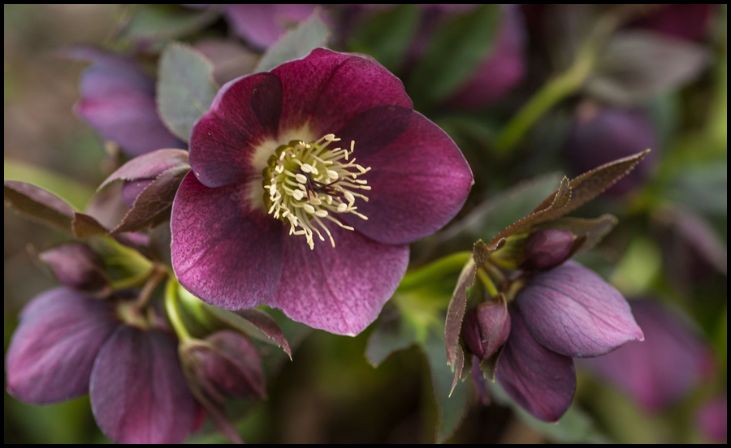
Hellebore, a perennial from Southern and Central Europe, boasts rose-like flowers in various colors, including white, pink, and purple. These blooms appear in late winter to early spring, providing early season interest. Hellebores prefer shaded summer locations and well-drained soil.
Care Tips:
- Plant in partial to full shade.
- Keep soil consistently moist.
- Remove old foliage in late winter to make way for new growth.
Iris (Iris)
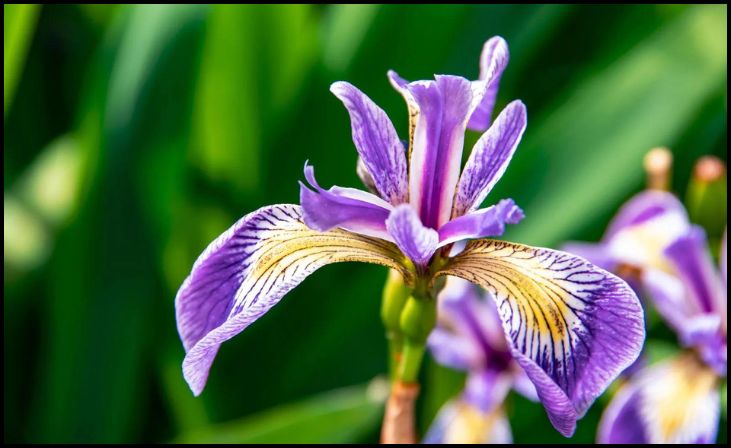
Iris is a perennial known for its vibrant bearded flowers and grass-like foliage. Native to Central and Southern Europe, Iris blooms in late spring and requires full sun to thrive. This plant is perfect for adding vertical interest and comes in a variety of colors.
Care Tips:
- Plant in well-drained soil.
- Water regularly during bud formation.
- Divide rhizomes every few years to prevent overcrowding.

